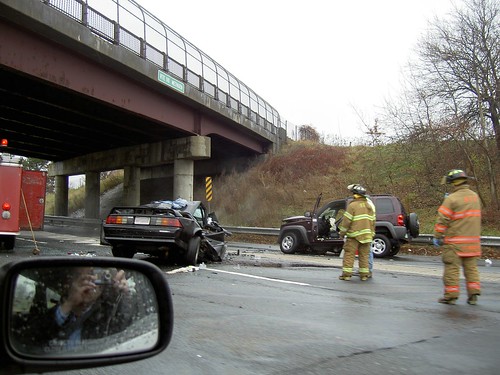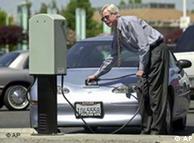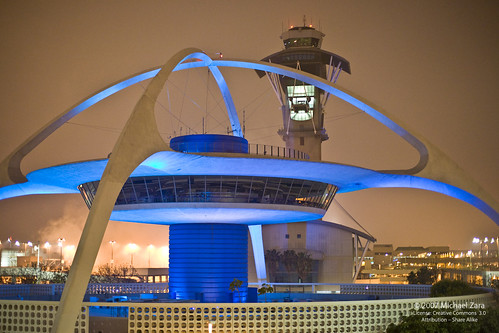Project P.U.M.A – GM’s tango with Segway births an awesome personal mobility platform for urban environments
(Source: Jalopnik)
P.U.M.A delivers 35 mile range, 35 MPH top speed, all on 35 cents of electricity
GM and Segway have teamed up before the New York Auto Show on what they’re calling the PUMA project. The prototype vehicle was exclusively unveiled today on the Today Show. It’s no April Fool’s joke. PUMA stands for Personal Urban Mobility and Accessibility and the prototype running around outside NBC’s Today Show this morning is an experimental prototype of a vehicle Larry Burns, GM’s vice president of research and development, and strategic planning, claims we’ll see a roadable version by January.

Jalopnik’s review of the PUMA after taking it for a spin goes like this:
The first impression is of how small and simple the PUMA is. There’s barely room for two full-sized adults to sit side-by-side within its roll cage and inside, under the rough plexi windshield there’s only one control: the aircraft-like yoke.

Mounted on that yoke are two buttons; one to start things up and one to shut it down. Hit the one on the right and the cabin lifts up off the ground, balancing completely level. Move the yoke forward and the cabin rotates in front of the center of gravity, initiating forward motion. Push forward for more acceleration, pull backward to shift the cabin rearwards to decelerate or come to a stop. Twist the yoke left or right to steer. Do so at a standstill and one wheel will roll forward, the other backwards, spinning you in place. That’s it, it couldn’t be simpler. In fact, it works just like a Segway, albeit a giant one that goes 10 MPH faster and lets two people sit down out of the weather.
Riding along in complete silence, sliding fore and aft is a bit eerie. The seats aren’t connected to the floor plan, meaning your feet slide out from under the seat when the cabin shifts foreword and vice versa in reverse. That feeling of connection to the movement helps orient passengers to what’s going on beneath them.
The simplicity of the control system – immediately intuitive – hints at the intended use of the PUMA. You wouldn’t need to be competent behind the wheel of a car to use one, it’s more like operating a video game. Perfect for today’s youth gone wild.

Segway just released the following video of Project P.U.M.A. in action (via The College Driver!). Check it out::








